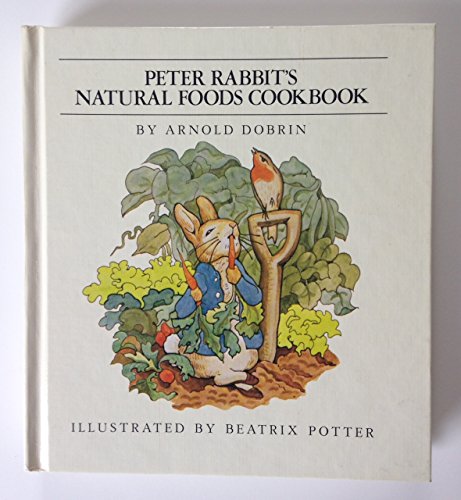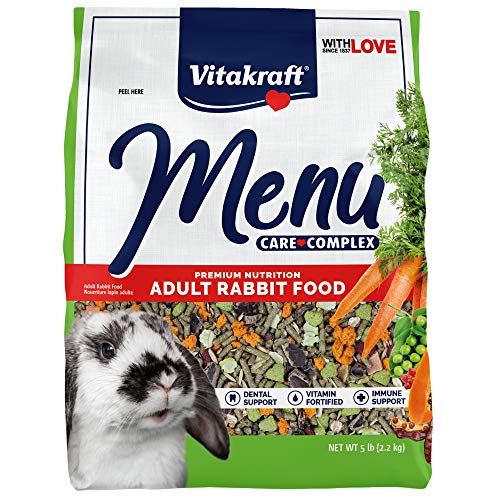So I bought in some unpedigreed dutch.
SOMEONE has the steel gene in them, either the buck, or a senior doe but I'm not sure who.
How do I track it down and remove it from the gene pool means what? Culling everything that could possibly carry it or just the rabbits that show it and not breeding from them? Would it be that simple to simply cull the rabbits that show it?
I've never tried to eradicate a colour before so I'm a bit uncertain how to proceed. I have two additional litters from the buck so hopefully that will tell me something...
Steel is dominant at the E locus (to every E series allele except dominant black <
E(D)> which is rare), but it can hide effectively in at least two ways:
- if it's homozygous <
E(S)E(S)> aka a "supersteel" which
can look like a self black (or a self blue, chocolate or lilac)
- if it's in a self rabbit <
aa>, which does not allow the steel banding to be expressed
Steel expresses itself in the phenotype as steel only in the presence of agouti <
A_>. It also shows itself, more subtly, in otters/martens
a(t)_>.
You don't say what your new Dutch varieties are, but the most likely suspects would be black, blue, chocolate or tort, since those are all selfs, which will hide steel. Alternatively, any rabbit that
looks like one of those self varieties may actually be a supersteel. Supersteels can easily appear in Dutch stock because steel is an accepted variety in Dutch, and if you breed steels with each other, you'll get supersteels. And as soon as you start crossing steels or supersteels with self varieties, you'll get selfs that hide the steel, whether the rabbit has one or two copies of the steel allele. The remedy will lie in the gray, chinchilla, or golden yellow Dutch, all of which are agoutis. (Golden yellow, being a non-extension variety, might present problems if the suspected steel also carries non-extension, but even with non-extension, steel can show...but that's a whole other discussion!)
So to eliminate steel, breed any suspect rabbit with an agouti, preferably homozygous <
AA> or heterozygous with otter <
Aa(t)>. If it's a normal agouti (not steeled), you'll know that particular rabbit does not carry steel itself. So, no matter what the suspected steel rabbit has at its A locus, all the bunnies will all be steels or steeled otters, since every kit will inherit either an agouti <
A> or an otter <
a(t)>.
If you don't have an agouti, a homozygous otter/marten <
a(t)a(t)> will also work (obviously not a purebred Dutch rabbit). A self <
aa> won't help at all, while an agouti or otter rabbit carrying self <
Aa> or <
a(t)a> may be helpful, or it may not - it can depend on the luck of the draw if you'll get a dominant agouti or otter. But in any case, if you get a single steel or steeled otter, you'll confirm your suspicion.
I'm sure you already know what a steel looks like, but not as many people know what a steeled otter looks like. It certainly perplexed me when I got my first out of what I
thought was a self black x self black pairing, and we called it a "tweener" since it looked like it had vestigial otter markings. As it turned out, one of the "self blacks" was a supersteel which was heterzygous for otter and self <
a(t)a>; the otter could not be expressed due to the double steel alleles <
E(S)E(S)>. All of the kits got a steel <E(S)>courtesy of the supersteel parent, but while some of the kits looked like self blacks <
aa....E(S)_>, others inherited the otter allele <
a(t)A...E(S)_> and were "tweeners." Here is one of the "tweeners" we got, which looked like a self black on top, but had minimal otter markings underneath:



So it was a mess for a while, but once we figured it out, it's not hard to manage. There's still steel lurking in my Satins, but I'm beginning to think that there's a silver, or rather black, lining as long as I keep them away from my agoutis and otters. Steel <
E(S)> is featured in some Silver Fox (which are selfs) due to its effect on the undercolor; some SF breeders believe it causes the undercolor to be deeper/darker. I have only started looking at that, but now that I've identified where the steel came from originally - at least six generations back - it begins to seem to me that my self blacks that carry the steel allele may very well be my best-colored blacks. So, it may not be something you necessarily want to eliminate!



























































